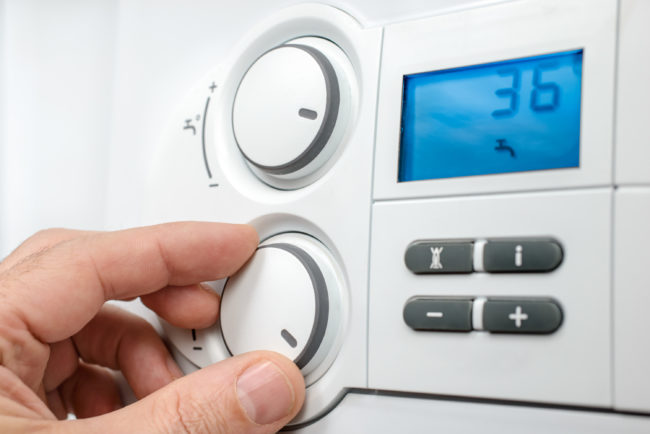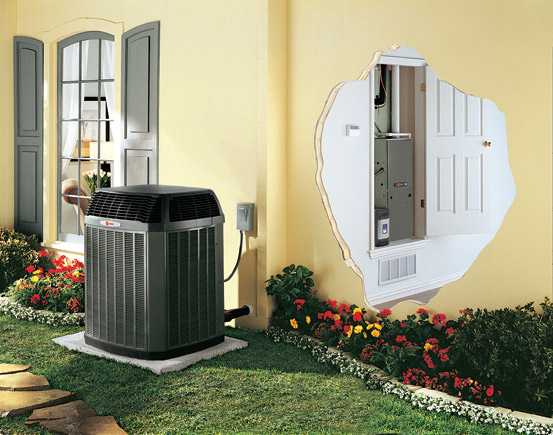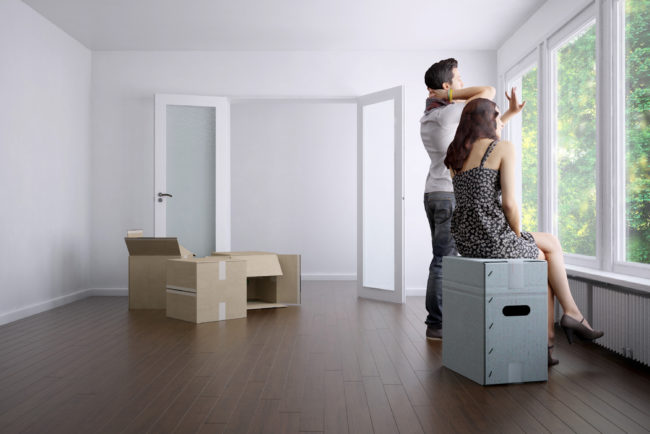Most of us spend much of our time indoors. The air that we breathe in our homes, schools and offices can put us at risk for health problems.
Some pollutants can be chemicals, gases and living organisms like mold and pests. As winter approaches and the weather slowly begins to drop, we must accept that it’s finally time to face the cold.
Preparing your climate-control systems for this temperature change is vital to both saving money and preserving your system.
It costs money to maintain a comfortable temperature in your home or office. When your only defense against the cold is to crank up the heater, you’ll end up spending more than you need to.
Here are a few helpful tips to implement in order to maintain a steady indoor room temperature this season.
1. Use Natural Resources
The cheapest heat source on the market is the one that Mother Nature provided: the sun.
Although it may have traveled south for the winter, the sun still has an impact, and you can tap into its energy simply by opening your curtains during daylight hours.
Houses are insulated to maintain temperature, so if you don’t let the sun in during the day then it will retain its nightly chill. Conversely, when the sun goes down, shut the curtains. This keeps the heat captured throughout the day from escaping.
The whole process costs nothing except for a minute of your time.
2. Consider a Programmable Thermostat
It is unlikely that your home is always occupied. Between work, school, and social events there are most likely multiple time periods in which your home is left vacant and doesn’t need to be temperate controlled.
However, when you get home after a long day out in the cold, you’re going to want your house to already be warmed.
This is why you need a programmable thermostat. These devices offer a number of convenient options including:
- Warming the house up a certain amount of time before you come home
- Cooling the house off slightly before you go to bed
- Recognizing peak times of use
3. Put Your Ceiling Fan in Winter Mode
There’s a good chance that your ceiling fan takes a break during winter.
What you may not have realized, however, is that they often have a winter setting. If your fan has the ability to turn clockwise rather than counter clockwise, then you can take advantage of one of its lesser known features.
When the heat rises, its reversed motion will push the heat back down, thus helping you avoid having your precious heat trapped at ceiling-level where you can’t feel it.
Repurposing your already existing cooling technology is a great way to avoid purchasing heaters and other seasonal equipment.
4. Maintain Your Heater
Your primary source of heat is a machine. Just as you maintain your car, you need to maintain your heater. There are a few rules of thumb to follow when it comes to your maintenance schedule:
- Newer units should be checked no less than once every two years.
- Units more than 10 years old should be checked annually.
- You’d be surprised at how much longer your furnace will last when it’s properly maintained.
Temperature Maintenance for Many Seasons to Come
Fortunately, the cold winter months make up a small percentage of the year.
The bad news is that this can make it easy to put off proper winterization.
Preparing your home for seasonal changes by learning how to get the most out of your equipment is a proactive measure to save money on your electricity bill during extreme temperatures.
Now that you know how to maintain a comfortable indoor room temperature, contact us for a maintenance appointment to help you make it through the cold winter months comfortably and save money in the process.




